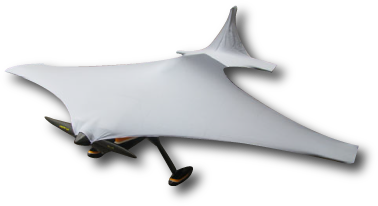

- Home
- Accessories
- Engine Accessories
- Vess Propellers
Vess High Performace Propellers
Vess propellers are known worldwide for their amazing performance and low noise output. This all comes from their unique design properties. This design comes from many months of computation, prototyping, and testing. This project began from a “clean sheet of paper†and proceeded in a direction that was guided by formal engineering analysis. The result is a prop design that truly sets a new standard for performance, efficiency, and noise reduction.
Vess props designate their pitch a little different than other brands. It’s as easy as A-B-C! The baseline prop that most people will start with in a particular diameter series is denoted as a B pitch (simply remember – B is for Baseline). So, if you have a typical 100c powered 33-35% aerobatic airplane, you will start with a 27B prop. The A pitch designation will generate less speed and more rpm, as it is a lower pitch. The C pitch will generate more speed and lower rpms.
These Vess props will most likely give you the tremendous vertical performance, great acceleration, and low noise that it was designed to deliver. But all engines, airplanes, and even weather conditions are not alike. So, there may be a better choice for your particular situation. If you have an aircraft that is heavier, has more drag, or is larger than a typical 33-35% aerobatic model or has less horsepower (either due to less displacement, higher field elevation, or higher air temperature), you may need to go down to a “27Aâ€, which has less load. Conversely, if your airplane is lighter, has less drag, or is smaller than a typical 33-35% aerobatic model or has more horsepower (due to more displacement, lower field elevation, or lower air temperature), you may can use a higher loaded “27C†to properly absorb the power and keep the propeller quiet. Remember, the prop, engine, and airframe directly interact and affect each other so you need to think about that when choosing your prop.







